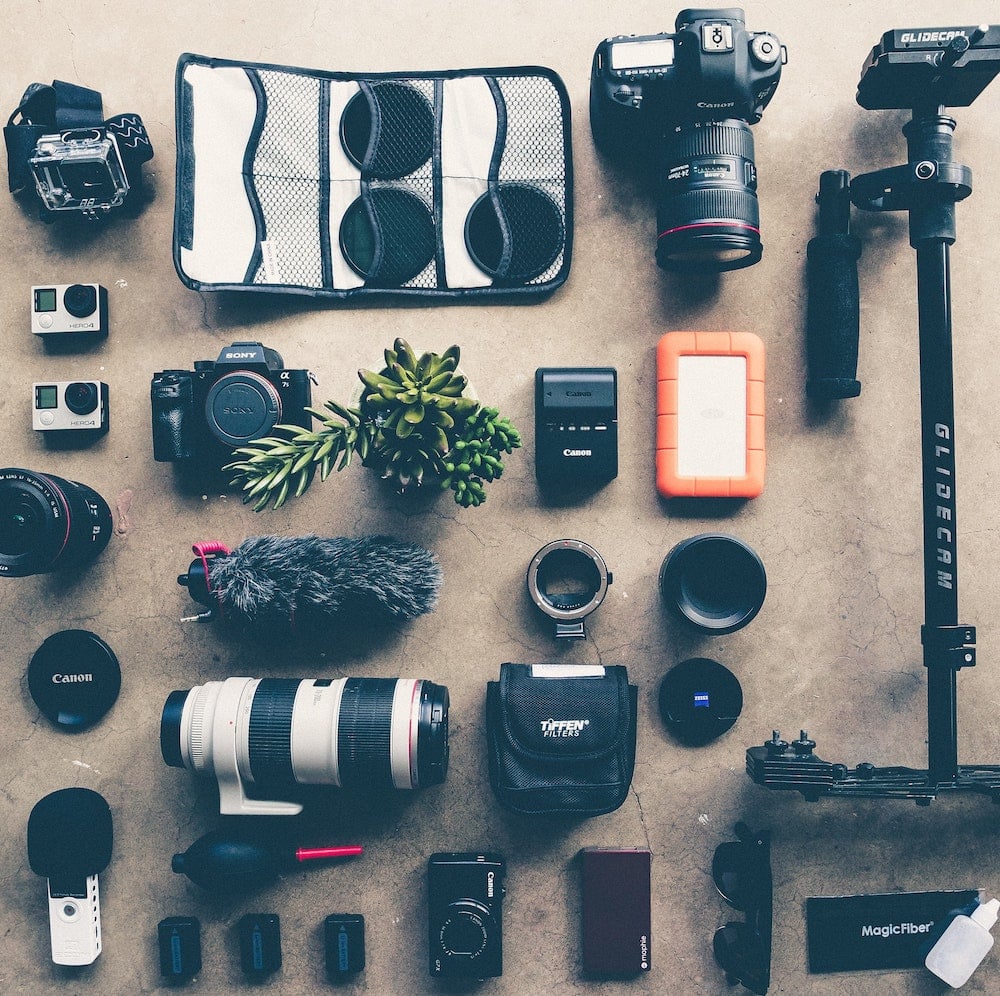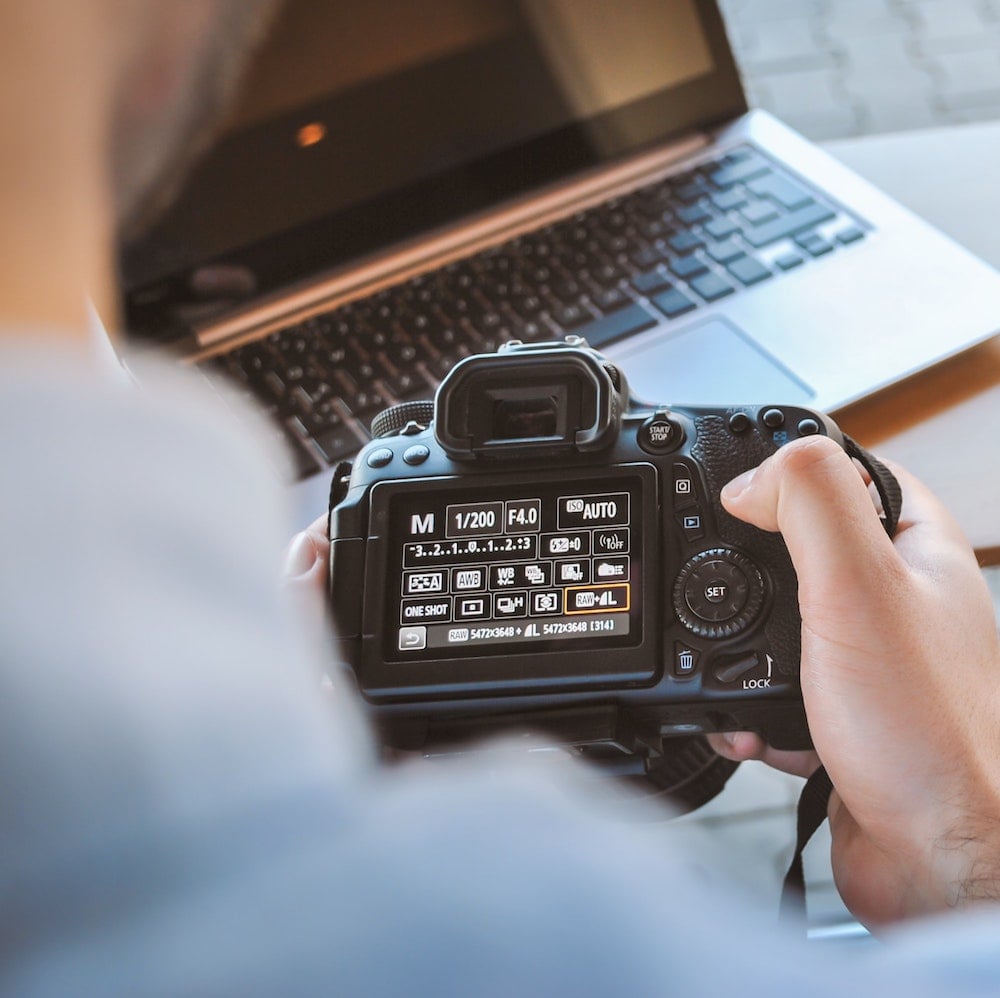Pioneering Research
Modern yoga is synonymous with postures. Not all of these are ancient. Some are recent inventions. Just how radically have practices changed? What made yoga more physical in the early 20th century? Did teachers borrow techniques from different disciplines?
Mark Singleton’s book Yoga Body explores these questions. Although it grew out of a PhD, it became a bestseller. When it was published in 2010, some of its subtleties were lost on practitioners, who often dismissed it – without having read it – as claiming that yoga was a mix of gymnastics and military training drills.
Others quibbled with its focus on Ashtanga, whose claims to be old were undermined. There were also objections to the publisher's choice of subtitle – The Origins of Modern Posture Practice. Yet as Singleton later clarified: "the book does not really deal with the origins of yoga, in the sense of ultimate beginnings, but with certain of its contexts."
Despite what some critics assume, it was never his aim to "debunk" modern practice. Nor was it to argue that traditions were bogus. Singleton says many practitioners either want to "return to the ancient and authentic source" that they think has been lost, or to assert a right "to innovate in whatever way we see fit." Could both views be mistaken?
Reading Yoga Body together, we’ll reflect on the book and how people received it. We’ll also look at new research on the history of postures, and ask whether it matters where practices come from, or how old they are. Each module covers two chapters, providing supplementary details and recorded conversations that add further context.
Course Modules

1: HISTORICAL CONTEXT
The book "investigates the rise to prominence of āsana (posture) in modern, transnational yoga," to quote the introduction, implying a big change in the 20th century. The opening chapter expands on this thesis, but other scholars question if it's quite as clear-cut.
2: BAD REPUTATIONS
Chapter two explores colonial disdain for traditional practitioners. Yogis were reduced to performers and even staged foreign tours, as chapter three notes. This fuelled occult interest in Indian ideas.
3: EMBRACING THE BODY
Postural systems developed in parallel with "physical culture", as some Indian teachers combined yogic methods with lifting weights. Others drew on the jargon of health and fitness, resisting colonial power by building physical strength to restore national pride.
4: ALTERNATIVE INFLUENCES
Chapters six and seven highlight overlaps with different forms of exercise, including Western methods of "harmonial gymnastics" that were popular with women and spread to India under British rule. The legacy of this crossover still shapes modern classes.
5: POSTURAL FOCUS
The last two chapters show how photographs and demonstrations revived public interest. One key pioneer was T. Krishnamacharya, who synthesised multiple influences. His students included gurus of postural yoga – such as B.K.S. Iyengar and K. Pattabhi Jois.
Course Tutor
Daniel Simpson is the author of The Truth of Yoga: A Comprehensive Guide to Yoga's History, Texts, Philosophy, and Practices.
In addition to the courses on this site, he also teaches at the Oxford Centre for Hindu Studies and contributes to yoga teacher trainings.
He first studied at Cambridge and earned his M.A. in yoga studies from SOAS, University of London, where he subsequently taught.
Daniel combines this academic expertise with extensive experience as a practitioner, which he shares in workshops and on retreats.
In a previous career, he was a foreign correspondent, working for Reuters and the New York Times. Drawing on those skills, he hosts the Ancient Futures podcast.
danielsimpson.info

FAQs
How does the course work?
All five modules are available at once, so you can study the materials at your own pace. Each module is based on two chapters of Yoga Body, with some guidance on reading to help you prepare and video recordings that unpack key themes to add more insight.
Is there any form of interactivity?
Absolutely! There's an online community, where you can discuss ideas with others and ask Daniel questions at any time. Plus there's an option to add one-to-one sessions.
How long will I have access to materials?
For three months. This provides an incentive to get to the end. You can also download audio recordings of all sessions, or upgrade to unlimited access at the checkout.
What level of knowledge is required?
The course is designed for yoga practitioners. It's accessible to anyone, while providing insightful details that will interest those who are more familiar with yoga history.
Do I need to read the book in advance?
No. The course helps you work your way through it a couple of chapters at a time.
Do yoga teachers get accreditation?
All students who finish the course will receive a certificate for 12 hours of study. Teachers registered with Yoga Alliance can log these as continuing education with a YACEP.

Testimonials

Example Title
Use this block to showcase testimonials, features, categories, or more. Each column has its own individual text field. You can also leave the text blank to have it display nothing and just showcase an image.

Example Title
Use this block to showcase testimonials, features, categories, or more. Each column has its own individual text field. You can also leave the text blank to have it display nothing and just showcase an image.

Example Title
Use this block to showcase testimonials, features, categories, or more. Each column has its own individual text field. You can also leave the text blank to have it display nothing and just showcase an image.
Payment Plan
Spread the cost with monthly instalments

